Retro Replay Review
Gameplay
Jewel Master delivers a classic arcade-style platform experience that emphasizes fast-paced combat and strategic use of elemental rings. From the very first encounter, players will notice the intuitive control scheme: two attack buttons corresponding to the rings equipped in the left and right hands. This design allows you to dynamically swap among the four elemental rings—Fire, Water, Earth, and Air—and combine their powers on the fly to discover powerful spell combinations. The learning curve is gentle but rewarding, encouraging experimentation as you collect new rings and adapt your fighting style.
(HEY YOU!! We hope you enjoy! We try not to run ads. So basically, this is a very expensive hobby running this site. Please consider joining us for updates, forums, and more. Network w/ us to make some cash or friends while retro gaming, and you can win some free retro games for posting. Okay, carry on 👍)
Encounters are varied and often require more than brute force. Certain enemy types have elemental resistances or vulnerabilities, so matching your rings to the right foes becomes a satisfying puzzle in itself. The dual-ring system introduces depth to the combat: using opposing elements simultaneously cancels their effects, while pairing complementary elements can yield devastating area-of-effect attacks. Boss battles, in particular, challenge you to read patterns and switch rings mid-fight, keeping the experience fresh throughout.
Exploration is another pillar of gameplay. Mythgard’s sprawling levels are filled with hidden passages, bonus rooms, and environmental hazards that test your platforming skills. You’ll need to time jumps, avoid pitfalls, and occasionally use specific elemental powers—like Water’s ability to douse flames or Earth’s capacity to break through walls—to access secret chambers. The reward for thorough exploration is tangible: additional rings, health upgrades, and lore snippets that deepen the game’s world.
Graphics
For its era, Jewel Master boasts vibrant, hand-crafted pixel art that brings the kingdom of Mythgard to life. The color palette is rich and varied—lush forest greens contrast with volcanic reds, while frosty blues highlight the Water-themed backdrops. Character sprites are detailed and animated with care, giving both heroes and monsters a distinct presence on screen. Even after dozens of hours, you’ll still appreciate the small touches, such as flickering torchlight or drifting snowflakes.
Backgrounds are layered to create a sense of depth, and parallax scrolling is used effectively to enhance immersion. Each environment feels unique: whether you’re traversing the Wind Temple’s swirling platforms or descending into a subterranean lair, the art direction consistently supports the elemental themes. Boss arenas receive extra attention, with dynamic lighting effects and large-scale enemy designs that underscore their importance in the narrative.
Performance remains rock-solid throughout, with virtually no slowdown even during hectic combat sequences. Sound design complements the visuals nicely: elemental attacks have satisfying audio cues, and each level’s music track captures the mood of its environment. While modern gamers might yearn for higher resolutions or 3D models, Jewel Master’s retro aesthetic holds up thanks to its craftsmanship and cohesive style.
Story
The narrative of Jewel Master is simple yet compelling, rooted in the classic struggle between good and evil. As the demon king Jardine the Mad threatens the peaceful kingdom of Mythgard, the four remaining Elemental Masters combine their powers to forge the Elemental Blade—the only weapon capable of slaying the tyrant. When the blade goes missing and the masters’ rings are scattered, it falls upon the lone Jewel Master to retrieve them, reassemble the blade, and confront Jardine in one final showdown.
Though the plot doesn’t shy away from archetypes, it weaves in enough world-building to keep players invested. Each elemental ring carries a bit of lore about its master, revealed through collectible pages and NPC dialogues scattered throughout Mythgard. Discovering these backstories adds emotional weight to your journey, especially when you revisit temples once corrupted by Jardine’s influence but restored to their former glory after you reclaim their rings.
Cutscenes are sparingly used but effective, employing dramatic pixel art tableaux and brief text sequences to advance the plot. Key moments—such as the summoning of the Jewel Master or the climactic blade-forging ceremony—are treated with extra flair. While the dialogue can be straightforward, it never feels tedious, and the pacing ensures that the narrative unfolds in tandem with your progression through each elemental domain.
Overall Experience
Jewel Master succeeds by blending tight arcade action with RPG-like progression, offering an experience that’s both challenging and rewarding. The dual-ring combat system sets it apart from other platformers, encouraging you to think strategically about elemental pairings and adaptability. As you gain more rings and refine your loadout, the sense of empowerment grows—each new ability feels earned and impactful.
The game’s length strikes a comfortable balance: it’s substantial enough to feel like a full adventure, yet concise enough to avoid filler. Most playthroughs hover around 8–10 hours, depending on how thoroughly you explore every hidden alcove. Replay value is bolstered by the allure of finding all secret rings and completing the bonus challenges that unlock extra dialogue and artwork.
Ultimately, Jewel Master is a testament to thoughtful design and enduring art direction. Its engaging mechanics, compelling elemental theme, and polished presentation make it a must-play for fans of retro-inspired action-platformers. Whether you’re drawn in by the challenge of mastering ring combinations or the rich world of Mythgard, this title delivers an experience that stands the test of time.
 Retro Replay Retro Replay gaming reviews, news, emulation, geek stuff and more!
Retro Replay Retro Replay gaming reviews, news, emulation, geek stuff and more!
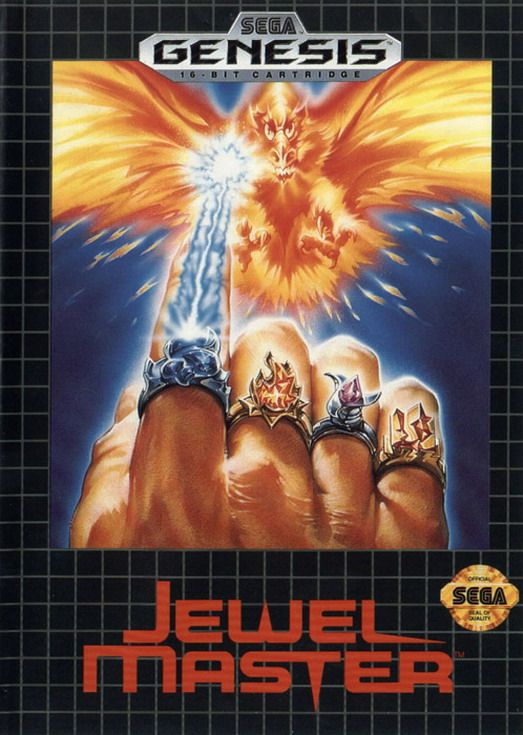
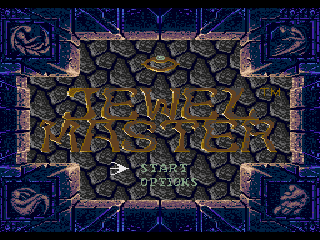
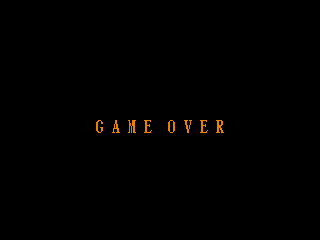
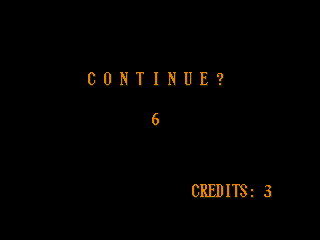
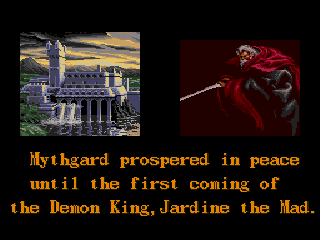
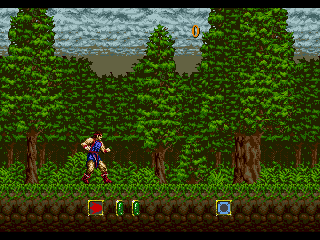



Reviews
There are no reviews yet.